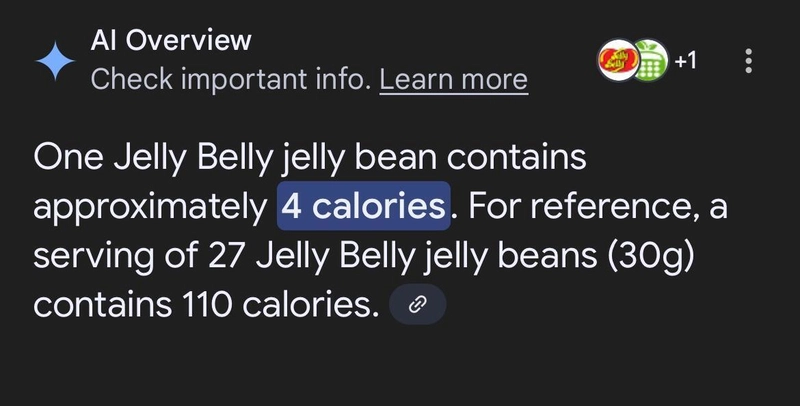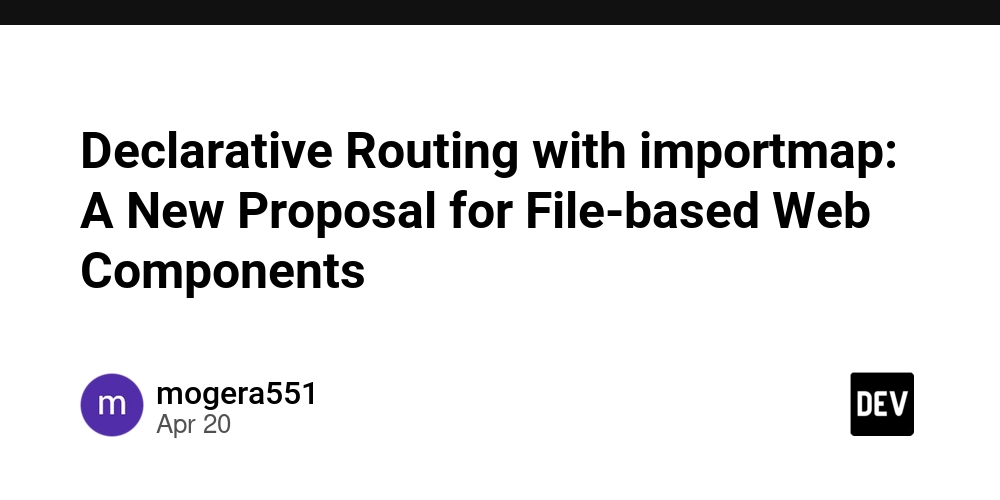How To Prioritize Threat Intelligence Alerts In A High-Volume SOC
In today’s rapidly evolving cyber threat landscape, Security Operations Centers (SOCs) face an unprecedented challenge: efficiently managing and prioritizing the overwhelming volume of security alerts they receive daily. SOC analysts often can’t read and respond to a significant portion of the alerts they see every day. This article explores practical strategies and frameworks for prioritizing […] The post How To Prioritize Threat Intelligence Alerts In A High-Volume SOC appeared first on Cyber Security News.

In today’s rapidly evolving cyber threat landscape, Security Operations Centers (SOCs) face an unprecedented challenge: efficiently managing and prioritizing the overwhelming volume of security alerts they receive daily.
SOC analysts often can’t read and respond to a significant portion of the alerts they see every day.
This article explores practical strategies and frameworks for prioritizing threat intelligence alerts in high-volume SOC environments, helping security teams focus on what matters most while reducing alert fatigue and improving overall security posture.
Understanding The Alert Fatigue Challenge In Modern SOCs
Alert fatigue represents one of the most pressing challenges facing security operations teams today.
This phenomenon occurs when analysts are bombarded with a constant stream of security alerts, many of which are false positives or low-priority issues.
The psychological and operational impacts include decreased efficiency, increased response times, and a higher likelihood of analyst burnout.
The sheer volume of alerts generated by various security tools can be overwhelming, making it difficult for SOC teams to distinguish between genuine threats and noise.
With the ever-increasing complexity of cyber threats, SOCs receive thousands of alerts daily, creating a situation where critical alerts can easily be overlooked amid the noise.
This challenge is further exacerbated by talent shortages and budget constraints, making it difficult for teams to make informed judgment calls when alerts lack context or when investigation requires excessive manual effort involving too many tools.
When a SOC’s triage process is ineffective, the organization faces significant security risks.
Important threats may be missed, legitimate incidents might be deprioritized, and valuable time is wasted investigating false positives.
Conversely, an effective triage process empowers SOCs to do more with less and take a more proactive approach to investigating threats and fine-tuning their detections.
Building An Effective Alert Prioritization Framework
Implementing a robust prioritization framework is essential for managing high volumes of security alerts effectively.
This framework should balance automation with human expertise to ensure that critical threats receive immediate attention while reducing the burden of false positives.
Risk-Based Alert Classification
The foundation of effective alert prioritization is a risk-based classification system that considers both the nature of the alert and the criticality of affected assets.
The SIEM or other platform that registers alerts should enable SOC analysts to prioritize based on what is known about the assets involved, their value to the organization, a general risk assessment, and if the alert proves to be a true positive, the stage of the attack.
This approach requires establishing clear criteria for determining alert severity and potential impact. Factors to consider include:
- Asset criticality: Alerts affecting mission-critical systems should receive higher priority than those on less essential systems.
- Threat context: The specific type of threat activity indicated by the alert helps determine its severity.
- Historical patterns: Previous incidents can provide valuable context for evaluating current alerts.
- Business impact: Consider how the potential threat might affect business operations if not addressed.
Implementing a risk-based prioritization framework helps SOC teams focus on the most critical threats first, ensuring that limited resources are allocated effectively to the threats that pose the greatest risk to the organization.
Contextual Threat Intelligence Integration
Integrating threat intelligence provides crucial context for alert prioritization, enabling analysts to make more informed decisions about the significance of specific alerts.
Cyber Threat Intelligence (CTI) gives organizations the insights and context they need to understand the nature of the attacks they face: who’s attacking, the motivation behind it, what their capabilities are, and what indicators of compromise in systems could look like.
Effective threat intelligence integration involves consolidating data from various sources, including global threat databases, internal data, and industry reports.
This information helps SOC analysts compare detected incidents against known threat signatures, providing a more holistic view of the threat landscape.
By leveraging this context, analysts can better identify false positives and focus on alerts that align with current threat actor tactics, techniques, and procedures (TTPs).
Furthermore, threat intelligence enables SOCs to adopt a proactive security strategy, such as threat hunting for unidentified threats or those not yet remediated in their networks.
It also provides insights into vulnerability and patch prioritization, including critical vulnerabilities that require immediate attention.
Leveraging Automation For Efficient Alert Triage
Automation plays a crucial role in handling high volumes of security alerts efficiently.
By implementing automated triage processes, SOCs can significantly reduce the burden on human analysts while ensuring that critical threats are promptly identified and addressed.
Security automation tools streamline the various processes involved at each SOC tier, from initial triage to investigation and containment.
At the triage level, automation handles frontline security tasks using SIEM platforms to filter and categorize incoming alerts.
When suspicious activity is flagged, automation immediately pulls relevant context from threat intelligence sources, providing analysts with a comprehensive view of the potential threat.
Many organizations are now implementing autonomous SOC solutions that can investigate and triage every alert with exceptional accuracy.
These solutions reduce the noise of false positives and escalate only critical alerts to human teams, significantly improving overall efficiency. Automated solutions can triage alerts in a matter of minutes with very high accuracy.
Automation also enables SOC teams to establish unified workflows that eliminate silos in security operations.
By consolidating alerts from different streams and providing a holistic view of threats and incidents, automated SOC tools simplify security for complex environments spanning multiple clouds, on-premises systems, or hybrid architectures.
In a high-volume SOC environment, effective prioritization of threat intelligence alerts is critical for maintaining a strong security posture.
By understanding the challenge of alert fatigue, implementing a risk-based prioritization framework with contextual threat intelligence, and leveraging automation for efficient alert triage, SOC teams can significantly enhance their detection and response capabilities.
The journey to overcoming alert fatigue and building an efficient SOC starts with strategic investments in technology, streamlined processes, and skilled personnel.
By addressing these challenges head-on, security teams can enhance their operational efficiency and better safeguard their organizations against evolving cyber threats.
Find this News Interesting! Follow us on Google News, LinkedIn, & X to Get Instant Updates!
The post How To Prioritize Threat Intelligence Alerts In A High-Volume SOC appeared first on Cyber Security News.







































































